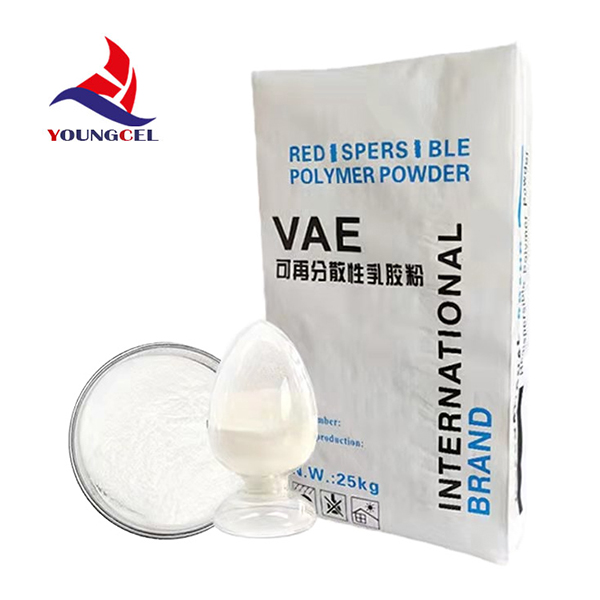Hydroxypropyl Methylcellulose (HPMC) An Overview
Hydroxypropyl Methylcellulose (HPMC) is a synthetic polymer derived from cellulose, widely recognized for its versatile applications in various industries, including pharmaceuticals, food, and construction. As a non-ionic, water-soluble polymer, HPMC has garnered significant attention due to its unique properties that enhance the performance of formulations in which it is utilized.
Properties of HPMC
HPMC is characterized by its high viscosity, thermal stability, and ability to form gels in the presence of water. These properties make it an ideal additive in numerous applications. Its non-toxic nature and biocompatibility further enhance its appeal, especially in pharmaceutical formulations. HPMC is available in various grades, differing in viscosity and hydroxypropyl/methyl substitution ratios, which can be tailored to meet the specific requirements of a formulation.
One of the standout features of HPMC is its ability to control the release of active pharmaceutical ingredients (APIs). By forming a gel-like structure in the presence of water, HPMC can slow down the dissolution of drugs, allowing for sustained release. This property is invaluable in various pharmaceutical products, particularly in oral dosage forms such as tablets and capsules. By modifying the amount of HPMC, formulators can achieve targeted drug delivery profiles, enhancing therapeutic effectiveness while minimizing side effects.
Applications in Pharmaceuticals
The use of HPMC in pharmaceutical formulations spans a wide range of products. It serves as a binder in tablets, providing cohesiveness to the powder blend, which is essential for maintaining the integrity of the final product. Additionally, HPMC acts as a film-forming agent that enhances the stability of coatings used in tablets, protecting sensitive API from degradation due to environmental factors such as moisture and light.
Moreover, HPMC is often utilized in the development of controlled-release formulations. In these systems, the polymer forms a matrix that allows for a gradual release of the drug over an extended period. This is particularly beneficial for drugs with short half-lives, as it can improve patient compliance by reducing the frequency of dosing.
hydroxypropyl methylcellulose hpmc

Role in Food Industry
In the food industry, HPMC is employed as a thickening agent, emulsifier, and stabilizer. It improves the texture and mouthfeel of various food products, enhancing the overall sensory experience for consumers. HPMC is also used in gluten-free baking, where it mimics the structural properties of gluten, resulting in improved texture and stability of baked goods.
The emulsifying properties of HPMC make it a valuable ingredient in sauces, dressings, and dairy products, where it helps maintain the consistency and homogeneity of the product. Its ability to retain water contributes to the shelf life of perishable items, preventing spoilage and maintaining freshness.
Construction Applications
In the construction sector, HPMC is utilized as a thickening agent and water-retention agent in cement-based products such as tile adhesives and plaster. Its water-retention capabilities help ensure that the mortar or adhesive remains workable for longer periods, allowing for more efficient application. Additionally, HPMC enhances the flexibility and adhesion properties of these materials, contributing to their overall performance and durability.
Conclusion
Hydroxypropyl Methylcellulose stands out as a multifunctional ingredient with broad applications across diverse industries. Its unique properties, including viscosity modification, controlled-release capability in pharmaceuticals, emulsification in food products, and utility in construction materials, highlight its significance in modern formulations. As research continues to explore innovative uses for HPMC, its popularity is expected to grow, further solidifying its role in enhancing product performance and consumer satisfaction. Whether in a tablet, a sauce, or a construction material, HPMC’s contributions are indispensable in contemporary formulations.
-
The Application and Significance of Construction RdpNewsMay.19,2025
-
Industrial Grade HpmcNewsMay.19,2025
-
Building Coating Adhesive Building Coating Adhesive HpmcNewsMay.19,2025
-
Application Of Hpmc For Detergent For Detergent In DetergentsNewsMay.19,2025
-
Application Of Hpmc Cellulose In Cement-Based MaterialsNewsMay.19,2025
-
Application Of High Quality Hpmc For Construction In The Field Of ConstructionNewsMay.19,2025




